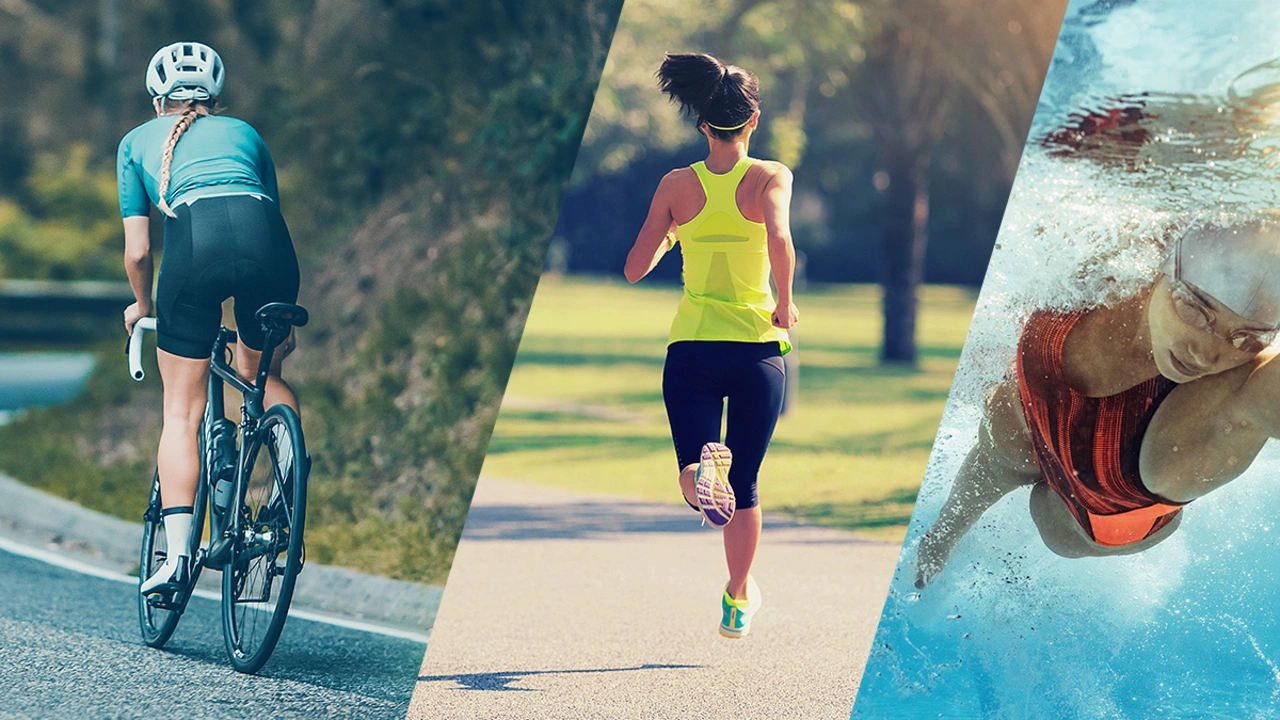Running Improvement: Simple Steps to Run Faster and Longer
If you’re tired of feeling winded after a few minutes on the road, you’re not alone. Most runners hit a plateau because they focus on mileage alone and ignore the other pieces that make a run feel easier. Below are the everyday changes you can make to shave seconds off your pace and add miles to your endurance without crazy equipment or endless hours in the gym.
Key Training Techniques
Start with a short, purposeful warm‑up. A five‑minute easy spin on a bike or a brisk walk gets blood flowing, wakes up the muscles, and reduces the shock to your joints when you hit the pavement. After the warm‑up, try a simple interval: sprint for 30 seconds, then jog or walk for a minute. Repeat five times. Those bursts force your heart and legs to adapt to higher speeds, and the recovery keeps you from burning out too fast. Do this once or twice a week and watch your regular runs feel smoother.
Cadence matters more than you think. Count how many pedal‑stroke‑equivalents (or foot strikes) you make in a minute. Most efficient runners stay around 170‑180 steps per minute. If yours is lower, try shortening your stride a bit and keep your feet under your hips. It feels weird at first, but it cuts ground contact time and helps you stay relaxed.
Strength work doesn’t have to be a bulky routine. A few body‑weight moves like squats, lunges, and planks three times a week give your legs the stability they need for longer runs. Strong hips keep you from wobbling on hills, and a solid core stops you from slouching when you get tired. Add a single‑leg deadlift with a light kettlebell if you have one; it mimics the single‑leg push you do while running.
Everyday Habits for Better Runs
Recovery is where the magic happens. After a hard run, spend five minutes stretching the calves, hamstrings, and hip flexors. A quick foam‑roll session can also release tight spots that cause soreness later. Hydration and a snack with protein and carbs within 30 minutes of finishing refuel your muscles, so they’re ready for the next workout.
Cross‑training with cycling is a win‑win. Riding a bike works the same leg muscles but with less impact, which means you can build aerobic capacity while giving your joints a break. Aim for one low‑impact bike ride each week, matching the duration of your longest run. You’ll notice better leg turnover and less knee ache on the pavement.
Don’t forget the basics: wear shoes that match your foot shape and replace them every 500‑800 km. Loose or worn‑out shoes waste energy and increase injury risk. Keep a running log—note distance, how you felt, weather, and any aches. Patterns pop up quickly, and you can adjust training before a small niggle turns into a big setback.
Finally, keep the mindset light. Instead of obsessing over a target pace, focus on how you feel: breath steady, stride smooth, shoulders relaxed. When you notice yourself tightening up, shake it out, breathe deeper, and get back to a comfortable rhythm. That mental reset often leads to a natural speed boost without extra effort.
These straightforward tweaks—intervals, cadence, strength, recovery, and a bit of cycling—fit into most busy schedules. Try one change at a time, give it a week or two, and you’ll see measurable improvement. Running doesn’t have to be a grind; with the right habits, you’ll feel stronger, faster, and more confident on every run.
How does cycling make you a better runner?
In my experience, cycling can greatly enhance your running skills. It's an excellent cross-training exercise that builds strength in your legs, particularly in areas that running doesn't typically target, leading to overall improved performance. Cycling also offers a low-impact alternative to running, which can help reduce the risk of injuries from overuse. Plus, it's a great way to boost your cardiovascular fitness, which is key for long-distance running. Lastly, cycling can help improve your running cadence, making your steps more efficient and faster.
More